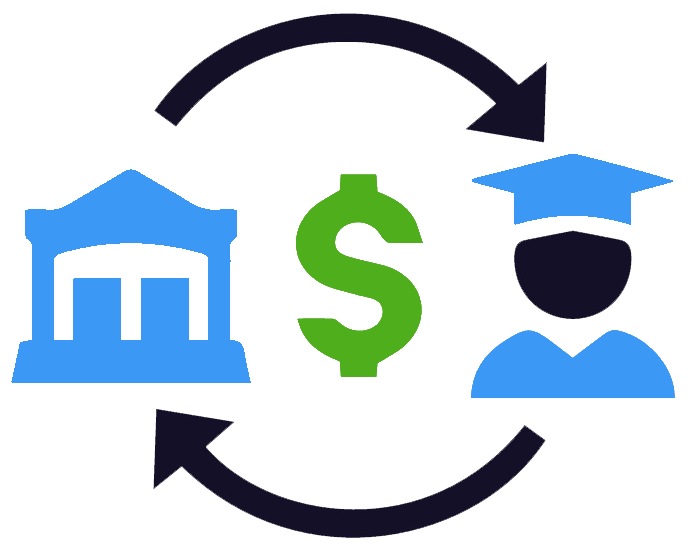
Protecting and planning for you and your family is not an important thing. It is everything.
INSURANCE – MEDICARE, LIFE, DISABILITY AND MORE
How to Get started with Medicare
Getting Medicare is a major milestone.
Check out these 5 important facts:
- Some people get Medicare automatically, and some must sign up. You may have to sign up if you are 65 (or almost 65) and not getting Social Security.
- There are certain times of the year when you can sign up or change how you get your coverage.
- If you sign up for Medicare Part B when you are first eligible, you can avoid a penalty.
- You can choose how you get your Medicare coverage.
- You may be able to get help with your Medicare costs.
What are the parts of Medicare?
The different parts of Medicare help cover specific services:
- Medicare Part A (Hospital Insurance) (Original Medicare)
Part A covers inpatient hospital stays, care in a skilled nursing facility, hospice care, and some home health care. - Medicare Part B (Medical Insurance) (Original Medicare)
Part B covers certain doctors’ services, outpatient care, medical supplies, and preventive services. - Medicare Part D (prescription drug coverage)
Helps cover the cost of prescription drugs (including many recommended shots or vaccines).
Medicare Advantage (also known as Part C)
- Medicare Advantage is an “all in one” alternative to Original Medicare. These “bundled” plans include Part A, Part B, and usually Part D.
- Plans may have lower out-of-pocket costs than Original Medicare.
- In many cases, you will need to use doctors and other providers who are in the plan’s network and service area for the lowest costs.
- Most plans offer extra benefits that Original Medicare does not cover—like vision, hearing, dental, and more.
What’s Medicare Supplement Insurance (Medigap)?
Medigap is Medicare Supplement Insurance that helps fill “gaps” in Original Medicare and is sold by private companies. Original Medicare pays for much, but not all, of the cost for covered health care services and supplies. A Medicare Supplement Insurance (Medigap) policy can help pay some of the remaining health care costs, like:
- Copayments
- Coinsurance
- Deductibles
I Have employer coverage
It is important to understand how your current coverage works with Medicare. If you have questions about your current insurance, the best source of information is your benefits administrator, insurer, or plan provider.
When can I join, switch, or drop a plan?
You can join, switch, or drop a Medicare health plan or a Medicare Advantage Plan (Part C) with or without drug coverage during these times:
- Initial Enrollment Period. When you first become eligible for Medicare, you can join a plan. The IEP is 7 months long, 3 months before you turn 65, the month you turn 65, and 3 months after you turn 65.
- Open Enrollment Period. From October 15 – December 7 each year, you can join, switch, or drop a plan. Your coverage will begin on January 1 (as long as the plan gets your request by December 7).
- Medicare Advantage Open Enrollment Period. From January 1 – March 31 each year, if you are enrolled in a Medicare Advantage Plan, you can switch to a different Medicare Advantage Plan or switch to Original Medicare (and join a separate Medicare drug plan) once during this time.
Life Insurance
Life insurance is important, as it protects your family or business and lets you leave them a non-taxable amount at the time of death. It is also used to cover your mortgage and your personal loans or business loans.
What are the different types of life insurance?
When it comes down to it, there are essentially two kinds of policies: term life insurance and permanent life insurance and within those categories are other options.
Universal life insurance
Indexed universal life insurance
Variable universal life insurance
How do you know which is right for you? How do you know if you should have it?
Disability Insurance: Why You Need It
Your most valuable asset isn’t your house, car or retirement account. It is the ability to make a living.
Disability insurance pays a portion of your income if you cannot work for an extended period because of an illness or injury.
The chance of missing months or years of work because of an injury or illness may seem remote, especially if you are young and healthy and you work at a desk.
But more than one in four 20-year-olds will experience a disability for 90 days or more before they reach 67, according to the Social Security Administration.
One reason people shrug off the risk is they think about worst-case scenarios, such as spinal cord injuries leading to quadriplegia or horrific accidents that result in amputation. But back injuries, cancer, heart attacks, diabetes and other illnesses lead to most disability claims.
Types of disability insurance
There are two main types of disability insurance — short-term and long-term coverage. Both replace a portion of your monthly base salary up to a cap, such as $10,000, during disability. Some long-term policies pay for additional services, such as training to return to the workforce.
Short Term vs. Long-TermS
| Short-term disability insurance | Long-term disability insurance |
| Typically replaces 60% to 70% of base salary | Typically replaces 40% to 60% of base salary |
| Pays out for a few months to one year, depending on the policy | Benefits end when the disability ends. If the disability continues, benefits end after a certain number of years or at retirement age. |
| May have a short waiting period, such as two weeks, after you become disabled and before benefits are paid | A common waiting period is 90 days after disability before benefits are paid |
Disability policies vary in how they define “disabled.” Some policies pay out only if you cannot work any job for which you are qualified. Others pay out if you cannot perform a job in your occupation. Some policies cover partial disability, which means they pay a portion of the benefit if you can work part time. Others pay only if you cannot work at all.
Heartfelt Financial Solutions, LLC is a non-government resource. Heartfelt Financial Solutions, LLC is not associated with or endorsed by Medicare (www.medicare.gov), the Centers for Medicare & Medicaid Services (CMS), the Department of Health and Human Services (DHHS) or any government agency.
INSURANCE
Phone: 719-761-1802
E-Mail: robin@heartfeltfinancialsolutions.com
Schedule an Appointment
Colorado usa
By filling out this form a licensed sales agent may contact you.
CONTACT US
Heartfelt Financial Solutions, LLC and Robin Depies offer Investment advice through Redwood Private Wealth, 3930 E. Ray Road, Suite 155, Phoenix, AZ 85044 (“Redwood”). Redwood is an investment adviser registered with the Securities and Exchange Commission (“SEC”). Registration with the SEC should not be construed to imply that the SEC has approved or endorsed qualifications or the services Redwood offers, or that its personnel possess a particular level of skill, expertise or training. Important information and disclosures related to Redwood are available at http://www.Redwood.com. Additional information pertaining to Robin Depies and/or Redwood’s registration status, its business operations, services and fees and its current written disclosure statement is available on the SEC’s Investment Adviser public website at https://www.adviserinfo.sec.gov. To see full disclosure click here
“We do not offer every plan available in your area. Any information we provide is limited to those plans we do offer in your area. Please contact Medicare.gov or 1-800-MEDICARE to get information on all of your options.”

